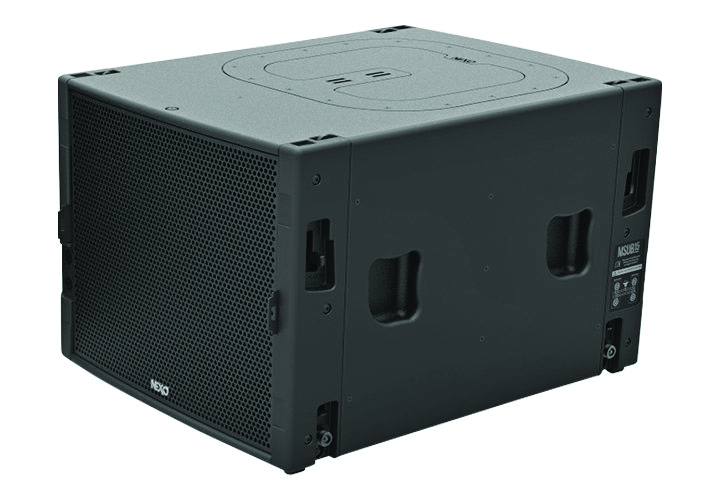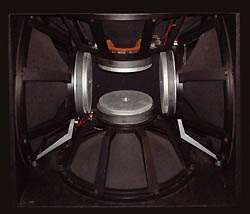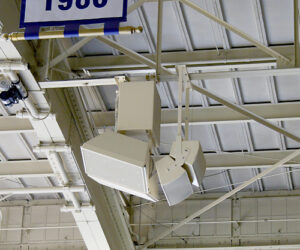Initially developed to extend low-frequency response in the 1960s, subwoofers have grown to become the most ubiquitous specialty enclosure. For years, dedicated subs accompanied modular full-range loudspeakers with predictable tops-to-subs deployment ratios, depending on the type or style of music: two-to-one for pop music, one-to-one for rock and one-to-two for reggae and rap. This was as complicated as subwoofer math initially got.
Over time, greater understanding of low-frequency physics has resulted in refinement of the general approach to subs, starting with driving them from an auxiliary send as well as sending only specific inputs, such as bass and kick. Much of today’s music is particularly bass heavy; even songs from decades ago can sound a bit “thin” without some subs thumping along with the beat. We’ve become accustomed to hearing – and often feeling – the low end. Many popular instruments center around subbass frequencies, with the low E on an electric or upright bass having a fundamental of 41 Hz, the lower notes of a synth, piano, or five-string bass reaching below 31 Hz, and the thump of a kick drum focusing a lot of energy around 60 Hz.
Modern subs are designed using several basic principles. A common design utilizes one or more direct-radiating cone drivers in a tuned, ported “bass reflex” enclosure. Also widely used, a folded horn design places a cone driver within the interior of the enclosure, and it feeds a baffled “horn” pathway that exits the front. The tapped horn is a variant that modifies the location of the driver within the horn.
Bandpass designs resemble enclosures within an enclosure, where cone drivers in sealed or vented internal cabinets fire into a second tuned chamber before the sound exits, reducing upper harmonics while presenting a controlled LF bandwidth. Designers will sometimes use more than one of these principles to create hybrid subwoofers, such as a blended direct-radiating and bandpass cabinet.
Many of the enclosures are physically large and densely constructed, often housing a pair of 15-inch or 18-inch (and sometimes bigger) cone drivers. Yet even for their size and weight, they’re dwarfed by the lengths of the sound waves they must reproduce. A 40 Hz tone, for example, has a wavelength of over 28 feet. Given the ratio of wavelength to cabinet size, the resulting output tends to propagate omnidirectionally, especially at the lowest frequencies, though directivity-control techniques exist.
The following overview includes more than numerous models in a variety of formats. It’s by no means an all-inclusive list but is presented to serve as a solid point for your own further research.
Spotlight Listing
Fulcrum Acoustic CS212L & CS218L
fulcrumacoustic.com

In 2017 Fulcrum Acoustic introduced the CS118 and CS121 subwoofers, the first subwoofers to incorporate Fulcrum’s patented Passive Cardioid Technology. Due to strong customer demand, Fulcrum is expanding the range of subwoofers incorporating this technology. The CS212L (2 x 12-inch) and CS218L (2 x 18-inch) are high output, low profile, subcardioid subwoofers intended for a wide range of venues. These latest products feature dual, high-power-handling woofers in compact, low profile enclosures.
Fulcrum’s patented Passive Cardioid Technology helps to address one of the major challenges of direct-radiating subwoofers: excessive rear LF radiation. Unlike active cardioid loudspeakers, Fulcrum’s Passive Cardioid Technology does not require additional amplifiers or cancelation drivers.

The subcardioid behavior is produced by a meticulously conceived acoustical circuit which balances the position of the low frequency drivers, the enclosure depth and volume, and specially constructed rear-mounted ports which include a calibrated resistive element. By opting for a subcardioid pattern as opposed to a pure, hyper or super cardioid pattern, the rear rejection increases when the modules are arrayed. When used singly, the CS212L and CS218L each provide about 7 dB of rearward low frequency rejection.
Fulcrum Acoustic’s TQ processing is an integral part of the CS212L and CS218L design. Sound, innovative acoustical design combined with state-of-the-art digital processing leads to exceptional clarity and precise transient response, even at very high sound pressure levels. The required digital signal processing can be provided by one of many supported platforms.
Standard Listings
EAW SB828
eaw.com
Components: 2 x 18-inch cones (with 4.5-inch Tetracoil dual voice coils), vented
Frequency Response: 25 Hz – 130 Hz
Max SPL: 143 dB (half space)
Nominal Impedance: 4 ohms
Power: Stated power handling of up to 4,000 watts
Dimensions (h x w x d): 21.3 x 52.5 x 30 inches
Weight: 200 pounds

JBL Professional VTX B28
jblpro.com
Components: 2 x 21-inch neodymium woofers (5.3-inch voice coils)
Frequency Response: 25 – 150 Hz (-3 dB)
Max SPL: 148 dB
Nominal Impedance: Self-powered
Power: 8,500 watts RMS
Dimensions (h x w x d): 23.6 x 55.9 x 30.3 inches
Weight: 326.2 pounds

Adamson CS119
adamsonsystems.com
CS119
Type/Format: Bass reflex cabinet/vented enclosure
Components: 1 x 19-inch Kevlar neodymium woofer
Frequency Response: 30 Hz – 100 Hz (+/- 3 dB)
Max SPL: 138 dB
Power: Driven by one channel of class D amplification with 3,000 watts total output
Dimensions (h x w x d): 21.4 x 29.2 x 24.8 inches
Weight: 112.5 pounds
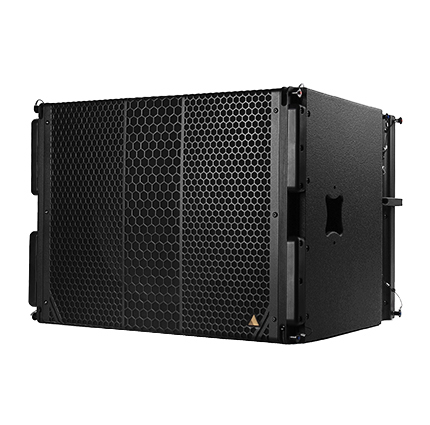
K-array Thunder
k-array.com
Type/Format: Active (passive also available)
Components: 2 x 18-inch neodymium woofers (with 4-inch voice coils)
Frequency Response: 30 Hz – 150 Hz (-6 dB)
Max SPL: 139 dB (Preset: VTX B28 80)
Nominal Impedance: 4 ohms
Power: Onboard class D amplifier delivering 2,400 watts per channel
Dimensions (h x w x d): 19 x 37.4 x 23.6 inches
Weight: 101.4 pounds
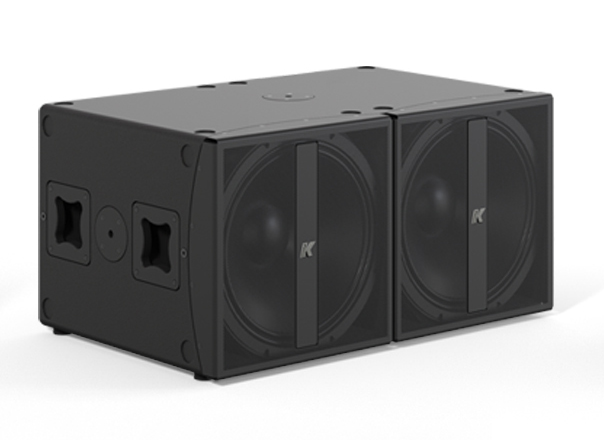
Danley Sound Labs BC215
danleysoundlabs.com
Type/Format: Proprietary Boundary Coupled technology
Components: 2 x 15-inch woofers
Frequency Response:
33 Hz – 185 Hz (- 3 dB)
Max SPL: 143 dB
Impedance: 2 ohms
Power: 1,400 watts recommended amplifier power
Dimensions (h x w x d):
45 x 45 x 24 inches
Weight: 360 pounds
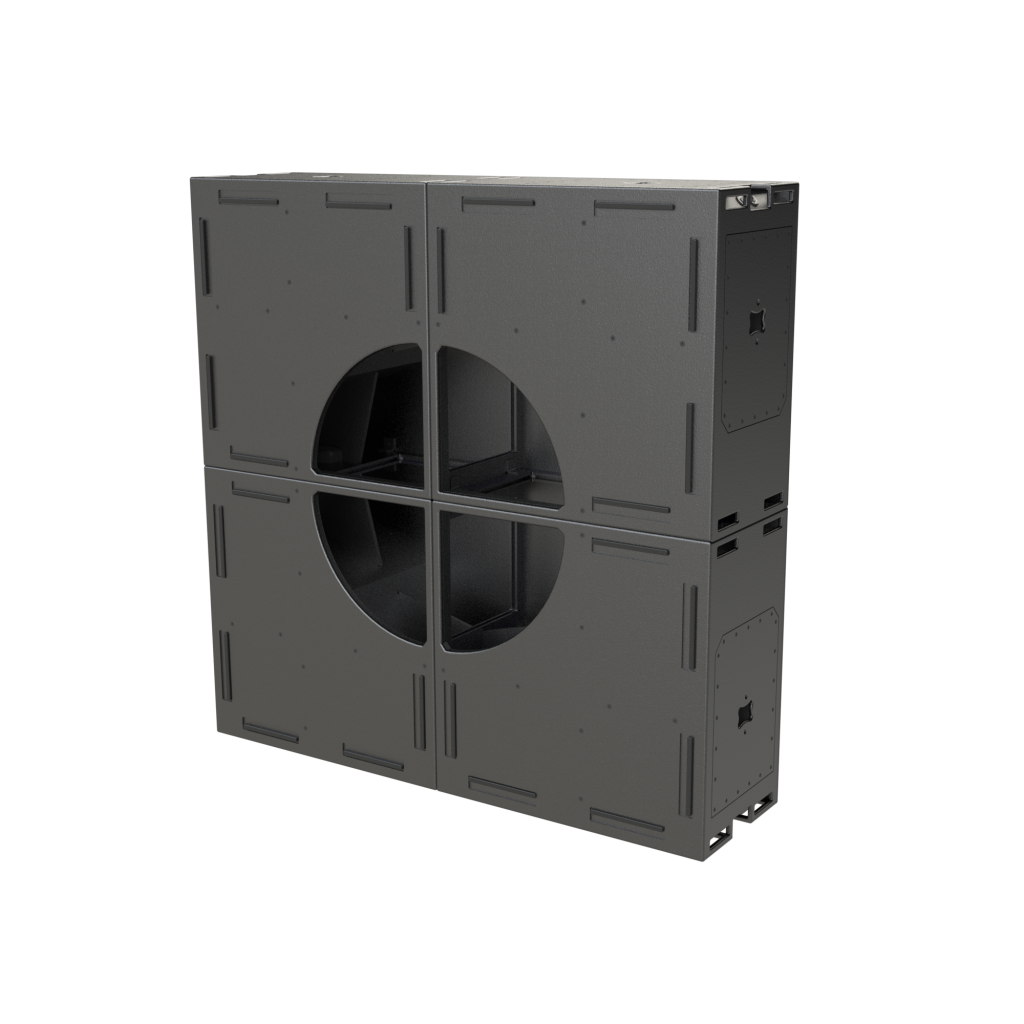
RCF TTS 18-A II
rcf.it
Components:
1 x 18-inch neodymium woofer (4-inch voice coil)
Frequency Response: 30 – 400 Hz
Max SPL: 137 dB
Nominal Impedance: Self-powered
Power: 1,400 watts RMS, 2,800 watts peak
Dimensions (h x w x d): 27.9 x 21.3 x 28.8 inches
Weight: 114.6 pounds
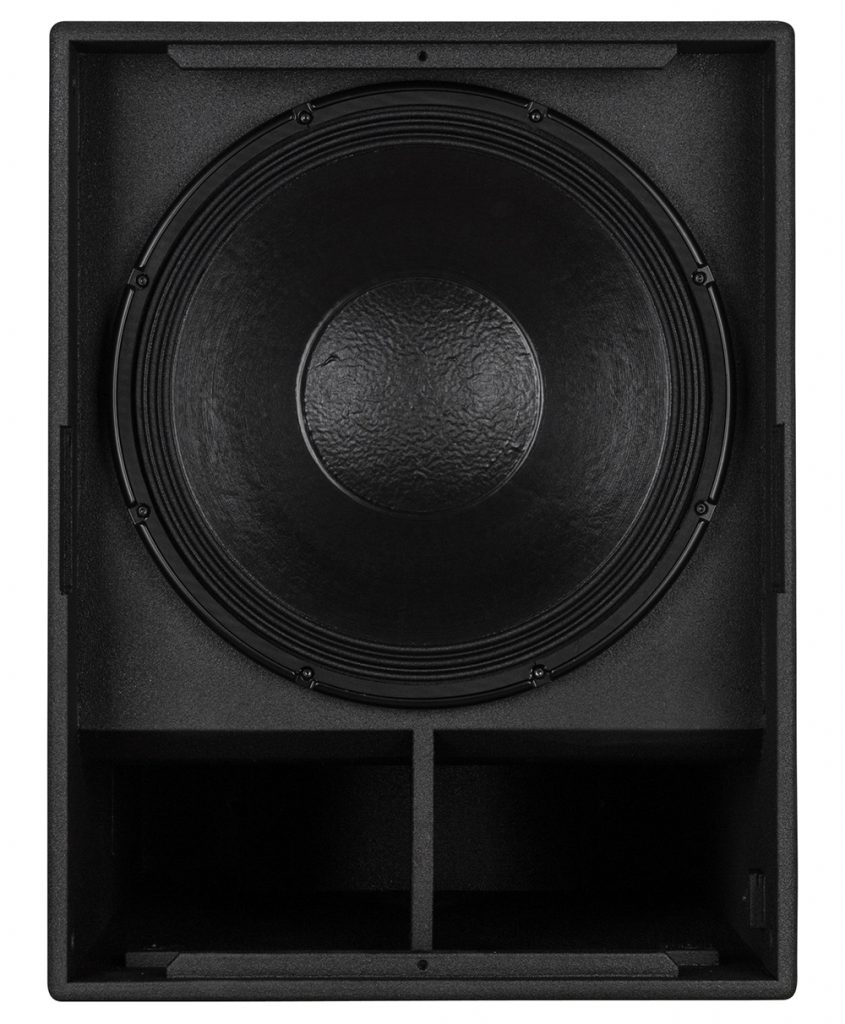
d&b audiotechnik SL-GSUB
dbaudio.com
Components: 3 x 21-inch neodymium woofers, cardioid configuration
Frequency Response: 33 Hz – 84 Hz
(- 5 dB)
Max SPL: 144 dB when driven by D80 amplification
Nominal Impedance: 3/6 ohms (front/rear)
Power: D80 amplifiers recommended: front – 1,000/4,000 (RMS/peak) watts front; 500/2,000 (RMS/peak) watts rear
Dimensions (h x w x d): 23 x 51.2 x 38.4 inches
Weight: 291 pounds
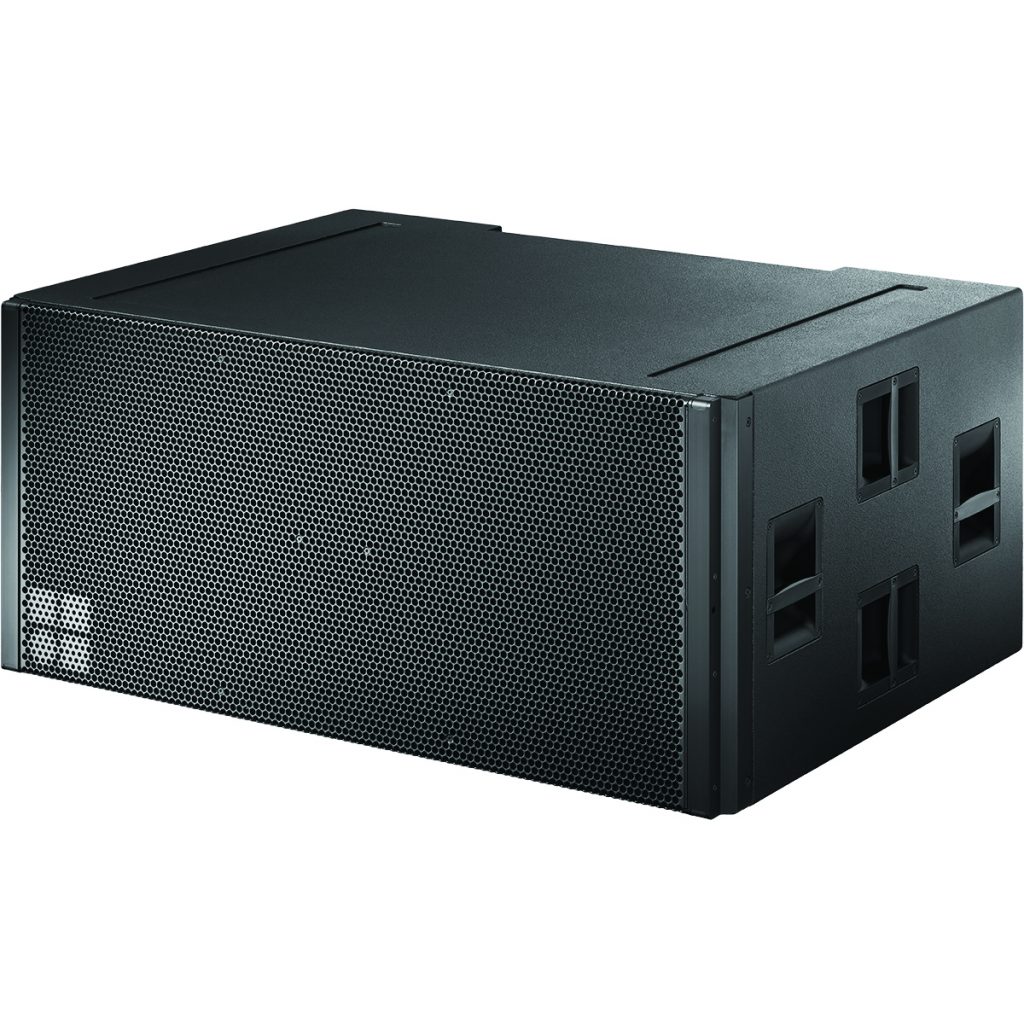
NEXO MSUB15
yamahaproaudio.com
Type/Format: Operable in omni or cardioid mode; ground-stack or fly with integrated hardware
Components: 1 x 15-inch cone
Frequency Response: 40 – 120 Hz (-6 dB)
Max SPL: 136 dB
Nominal Impedance: 8 ohms
Power: NXAMP 4×4 recommended
Dimensions (h x w x d): 17.2 x 20.9 x 27.7 inches
Weight: 79 pounds
